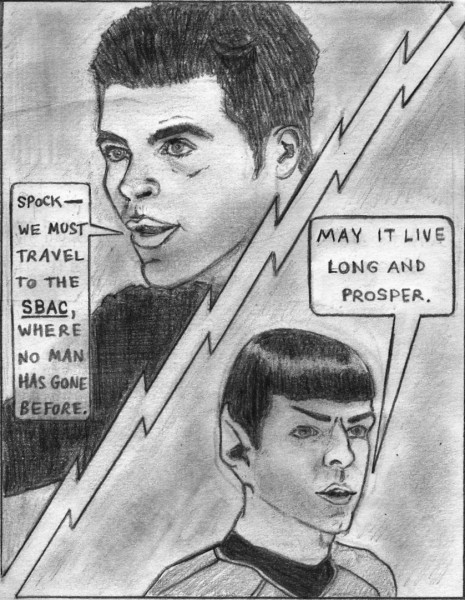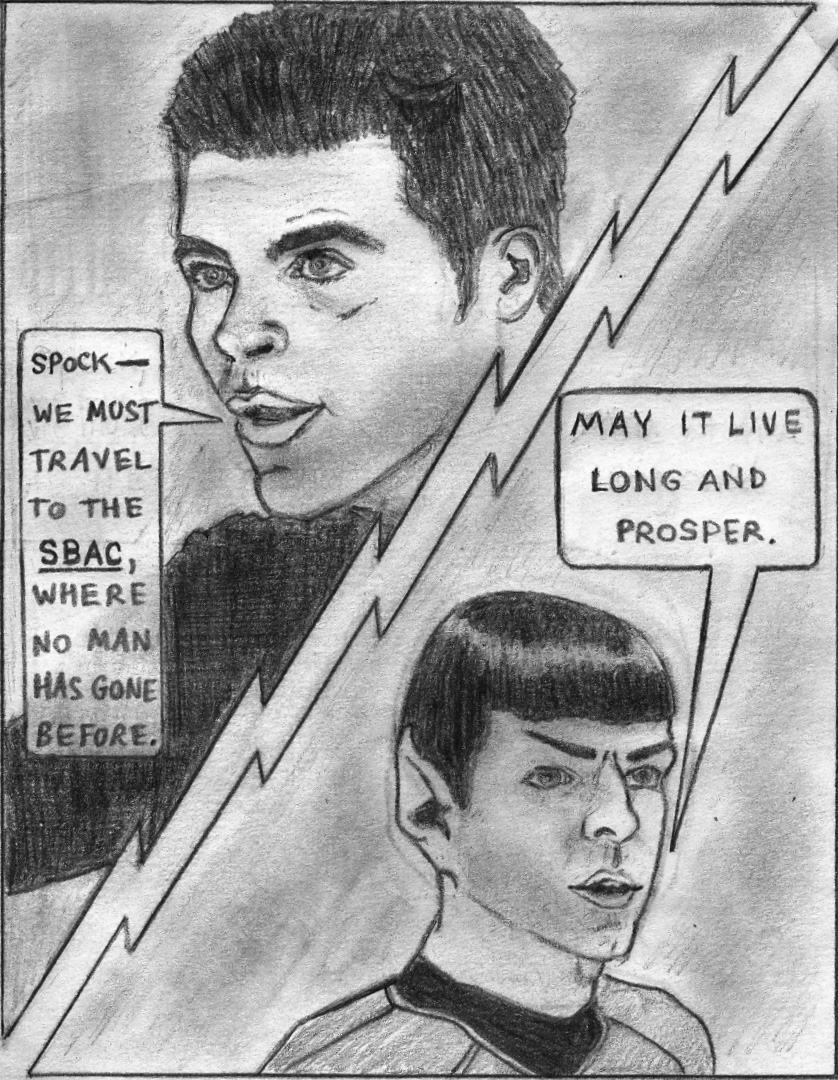Editorial: the faults in our STAR tests

Next year will be the last year that students across California take the Standardized Testing and Reporting Test, or STAR. In the future, California plans to use the Smarter Balanced Assessment Consortium, or SBAC, as the required standardized test students will have to take.
STAR is an extremely lengthy multiple-choice test, which, on one hand, is forced upon second graders in elementary school until they become seniors in high school. On the other side of the coin, how well students perform in the STAR determines school rankings in the Academic Performance Index. However, students are not held accountable for doing poorly on the STAR, as it does not affect their grades.
Unlike the STAR, the SBAC will only be required to students in the third to eighth grade, and one last time while they’re juniors in high school. The SBAC will be a computer-based multiple-choice test. Also, the new test may also merge with the California High School Exit Exam, or CAHSEE, that students must pass to earn diplomas.
We at The Olympian acknowledge that the STAR generally is a good measurement of what students learn, and that it is helpful to see how much we’ve retained over the years. The modified schedule that is created because of STAR is also favorable to most students.
But STAR offers no real incentive to try hard because it places no effect on student grades, graduation or college admissions. As a result, students tend to not take it seriously, and aren’t testing at their fullest potential.
To fix this, connecting the SBAC to the CAHSEE would be ideal to boost student motivation to try harder on the test. If students’ graduation status were on the line, most, if not all, students would take the new SBAC seriously.
Or perhaps the SBAC could be used as a substitute for other standardized tests, such as the SAT or ACT.
California used to give scholarship money to students who performed well on STAR. Funding was cut years ago but if it were to be brought back for the SBAC, students would more than likely take advantage of available resources.
Out of all the students who take the STAR, juniors in high school are responsible for taking the Early Assessment Program, or EAP, which determines if there’s a need for them to take extra courses at California State Universities or California community colleges. In addition to the treacherous essay juniors must write prior to STAR, they must also manage to conquer additional English and math questions, which are extremely difficult.
EAP questions are asked at the end of every session, after the junior has gone through an entire section of the STAR. Students are tired of testing by that point and their performance isn’t as strong as when they started earlier. We propose that in the future EAP-like questions be offered before the STAR-like questions, so that students can fully tackle the most difficult content and then ease into something less challenging.
STAR is also quite excessive, testing students each and every year from second to eleventh grade. The SBAC should be offered every other year to give students more room to grow and improve.
With STAR ending, we can only hope that the SBAC also has enough room to grow and improve, and outshine its predecessor.

